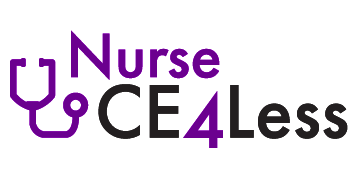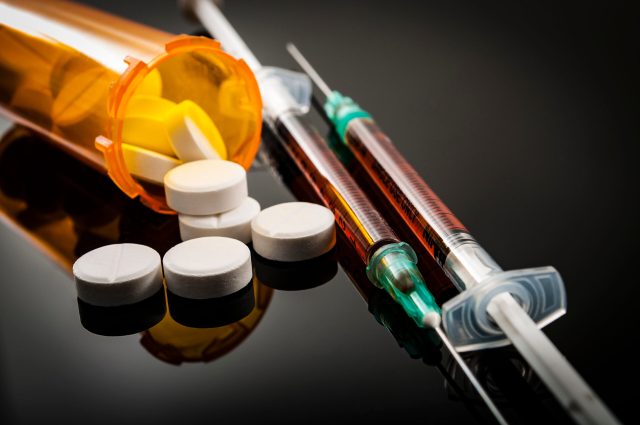Course Summary
The heroin epidemic has been reported by the medical literature and national news as an alarming, public health concern with growing morbidity and mortality rates. Heroin-related deaths affect the user, and the user’s family and friends, who are the silent sufferers, as they directly witness the victim’s condition. Frequently, heroin is misused along with other drugs. Along with the increase in heroin use, there is an increase in the number of heroin-related deaths. There are factors that contribute to the development of a substance disorder, as it is described and defined in the Diagnostic and Statistical Manual of Mental Disorders, Fifth Edition (DSM-5). A heroin use disorder, which leads to repeated use of heroin, has physiological consequences and long-term imbalances in neuronal and hormonal systems. Once a heroin use disorder is diagnosed, a treatment plan must be developed utilizing the various treatment options.
Course Format
Homestudy
Course Syllabus
- Introduction
- DSM-5 and Substance Use Disorder
- Developmental Factors
- Heroin Use Disorder
- History of Heroin: Properties and Use
- Forms of Heroin
- Prevalence of Heroin Use
- International Use
- A Deadly Epidemic
- Methods and Action of Heroin Use
- Mechanism of Action
- Physiological Effects
- Short-term Effects
- Long-term Effects
- Prescription Opioid Use and Heroin Use
- Medical Complications
- Black Tar Heroin Use
- History of Black Tar Heroin
- Methods of Use
- Drug Effects
- Drug Use Risk
- Signs of Black Tar Heroin Use
- Treatments for Black Tar Heroin
- Role of Health Clinicians
- Treatment of Heroin Use Disorder
- Treatment Stages
- Medication Use in Treatment
- Behavioral Therapies
- Outpatient and Inpatient Treatment
- Successful Treatment Steps
- Heroin Toxicity
- Causes of Heroin Overdose
- Morbidity and Mortality
- Clinical Presentation of Toxicity
- Physical Signs/Symptoms
- Differential Diagnoses
- Physical Workup
- Imaging Studies
- Emergency Interventional Procedures
- Treatment for Heroin Toxicity
- Special Populations
- Pharmacotherapy
- Surgical Treatment
- Specialty Consultations
- Healthcare Professional Attitudes in Treating Substance Use
- Drug Use in Health Professionals
- Substance Use Triggers
- Case Studies: Heroin Overdose
- Case Study 1
- Case Study 2
- Case Study 3
- Discussion
- Summary
Author
Kellie Wilson, PharmD
Kellie Wilson is a Doctor of Pharmacy practicing in Anaconda, Montana, where she lives with her husband and four children. She attended the University of Montana in Missoula where she graduated in 2009 with a doctorate in pharmacy. She later worked in Boise, Idaho for a large, retail pharmacy for 2 years, and then returned home to Montana to oversee an independently owned retail and long-term care pharmacy in Anaconda. As an independent retail pharmacist she has become very involved in psychiatric pharmacy for two major behavioral health organizations that are located around all of Montana. Kellie’s passion is retail pharmacy because she enjoys the interactions with customers as well as the challenges and rewards of staying current with the continuous changes in the pharmacy field.


